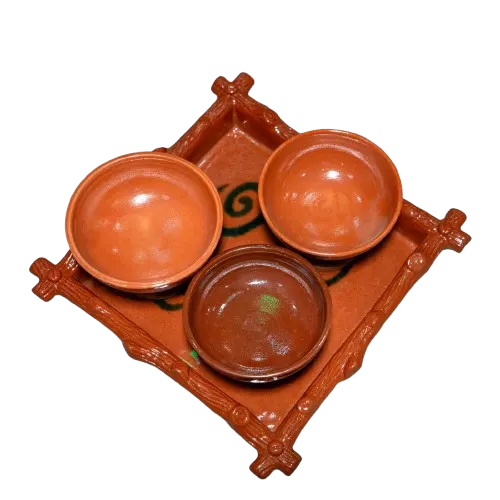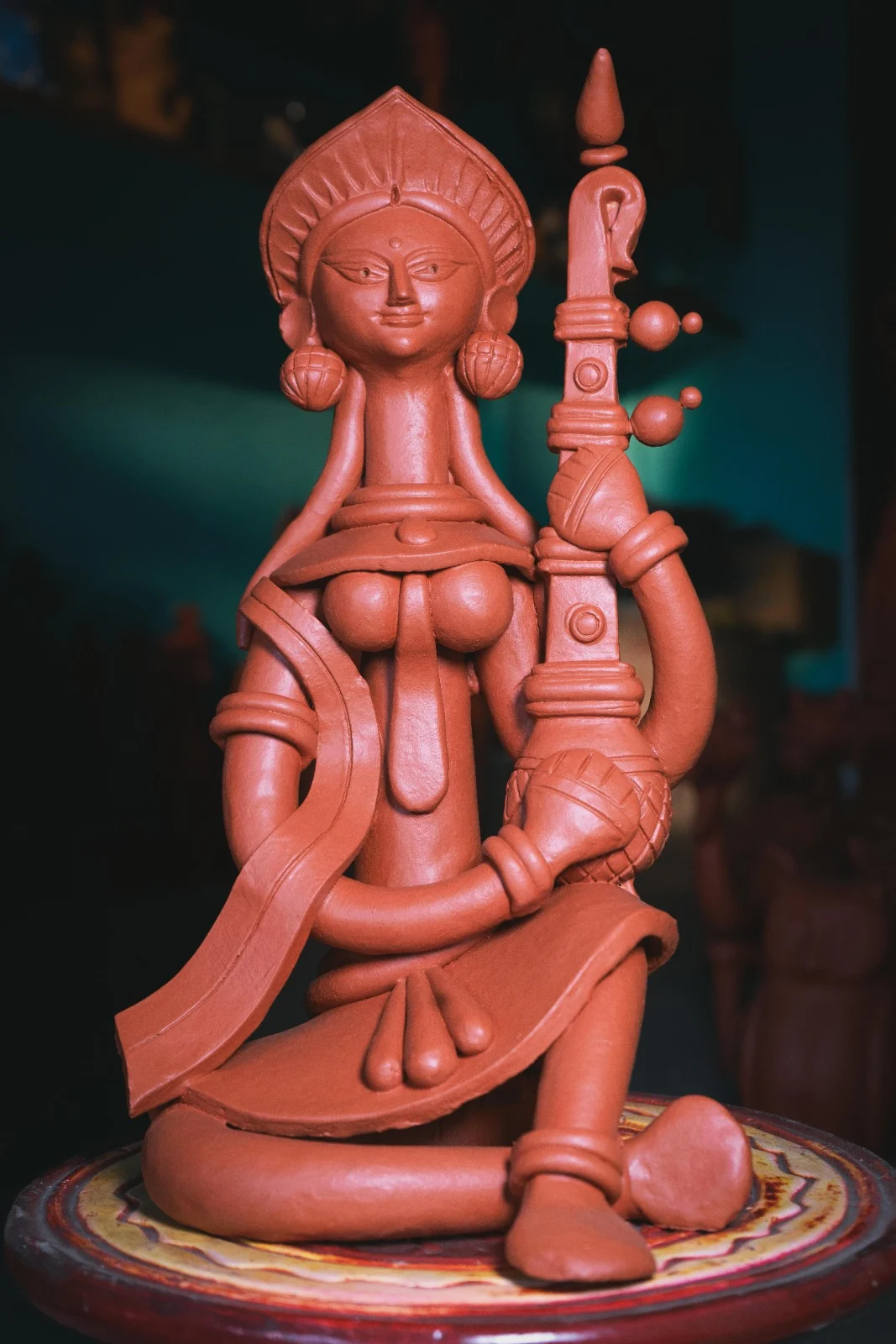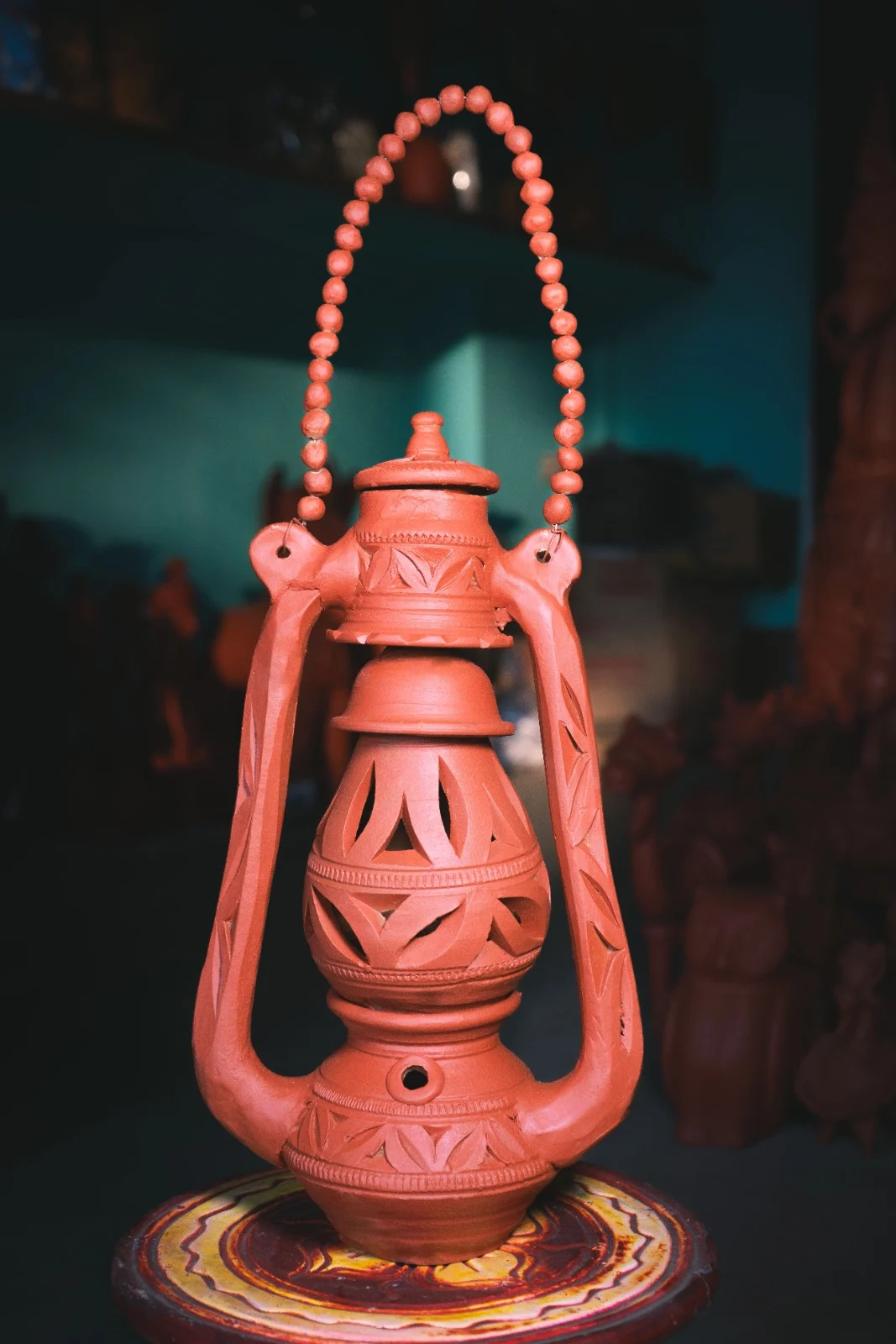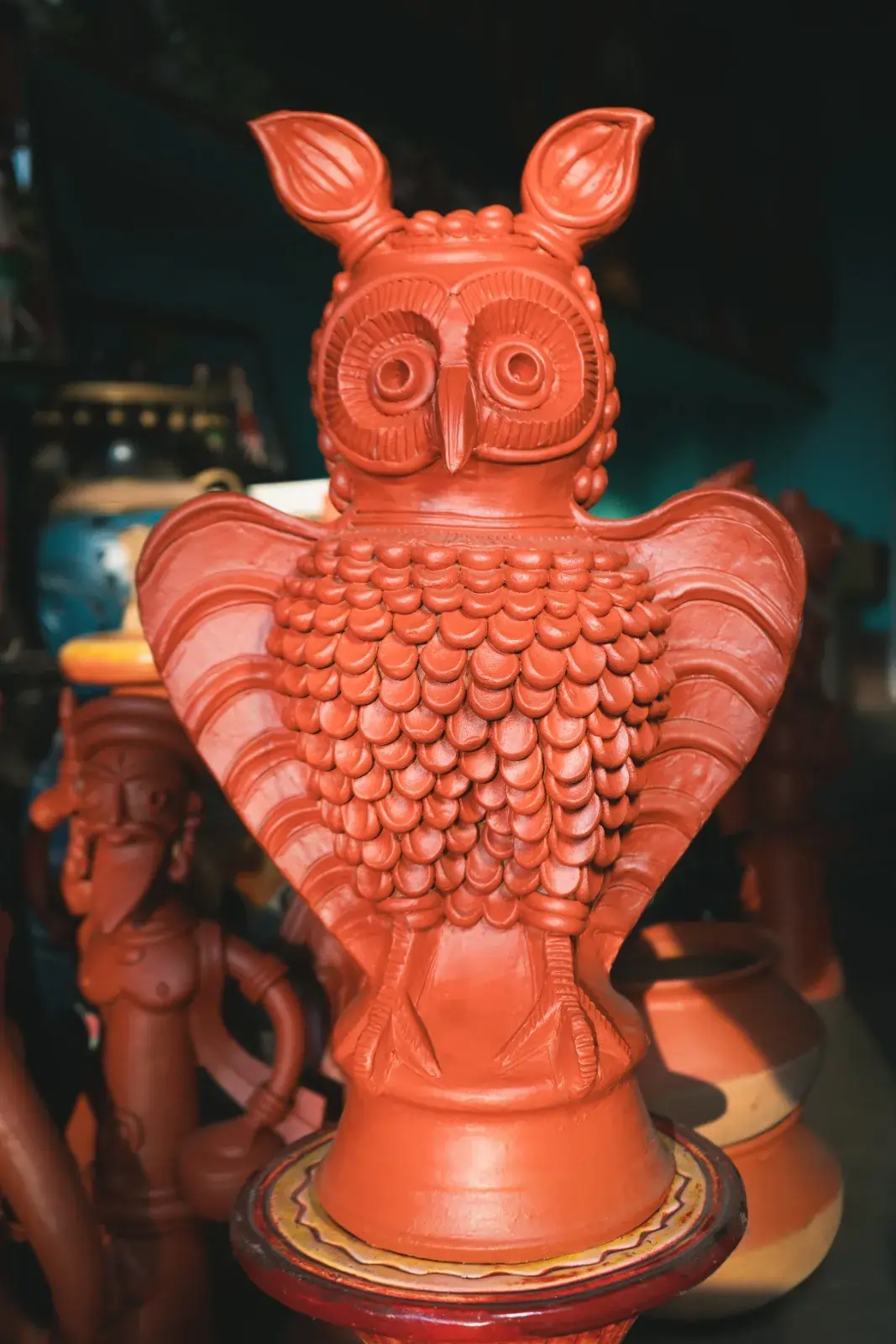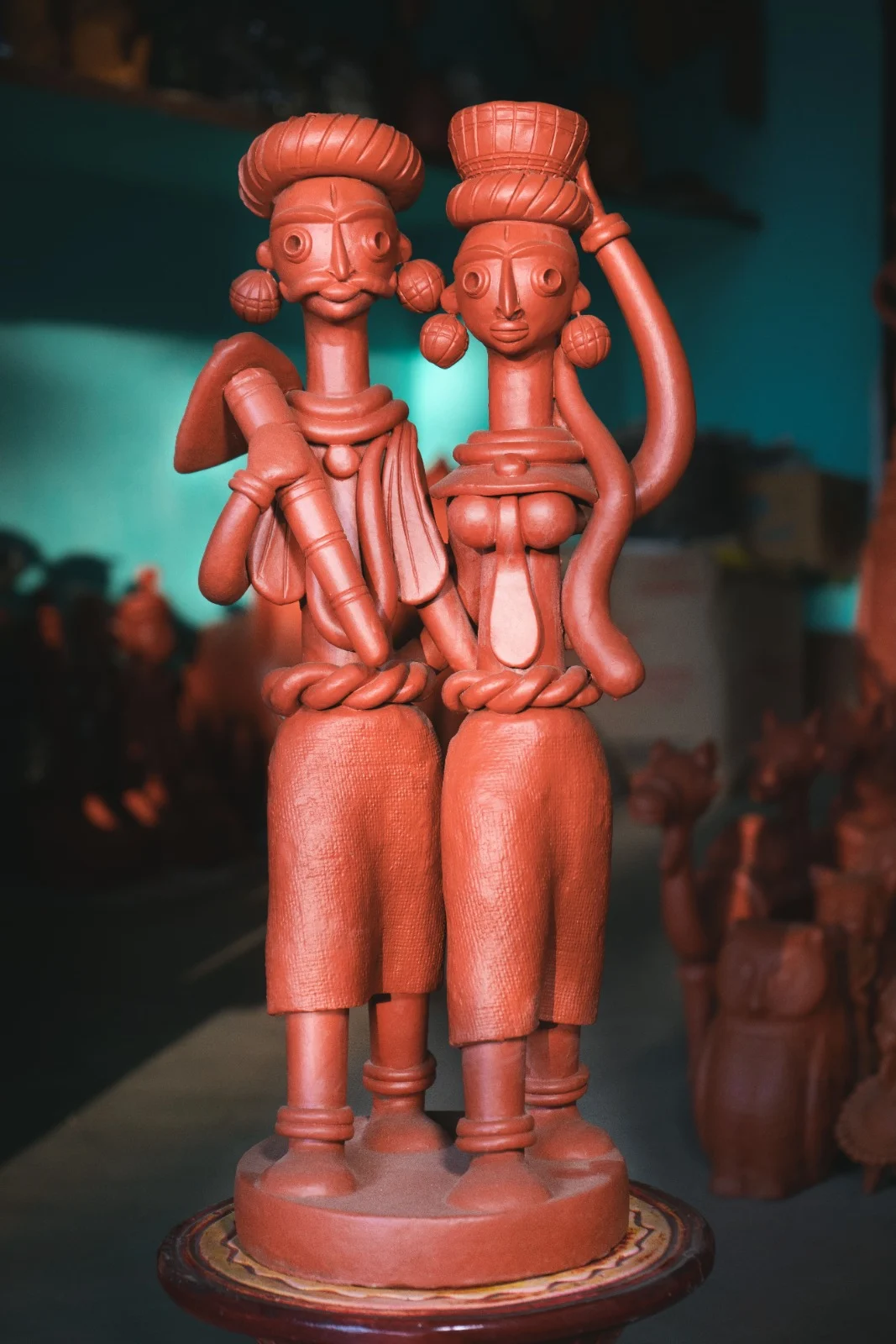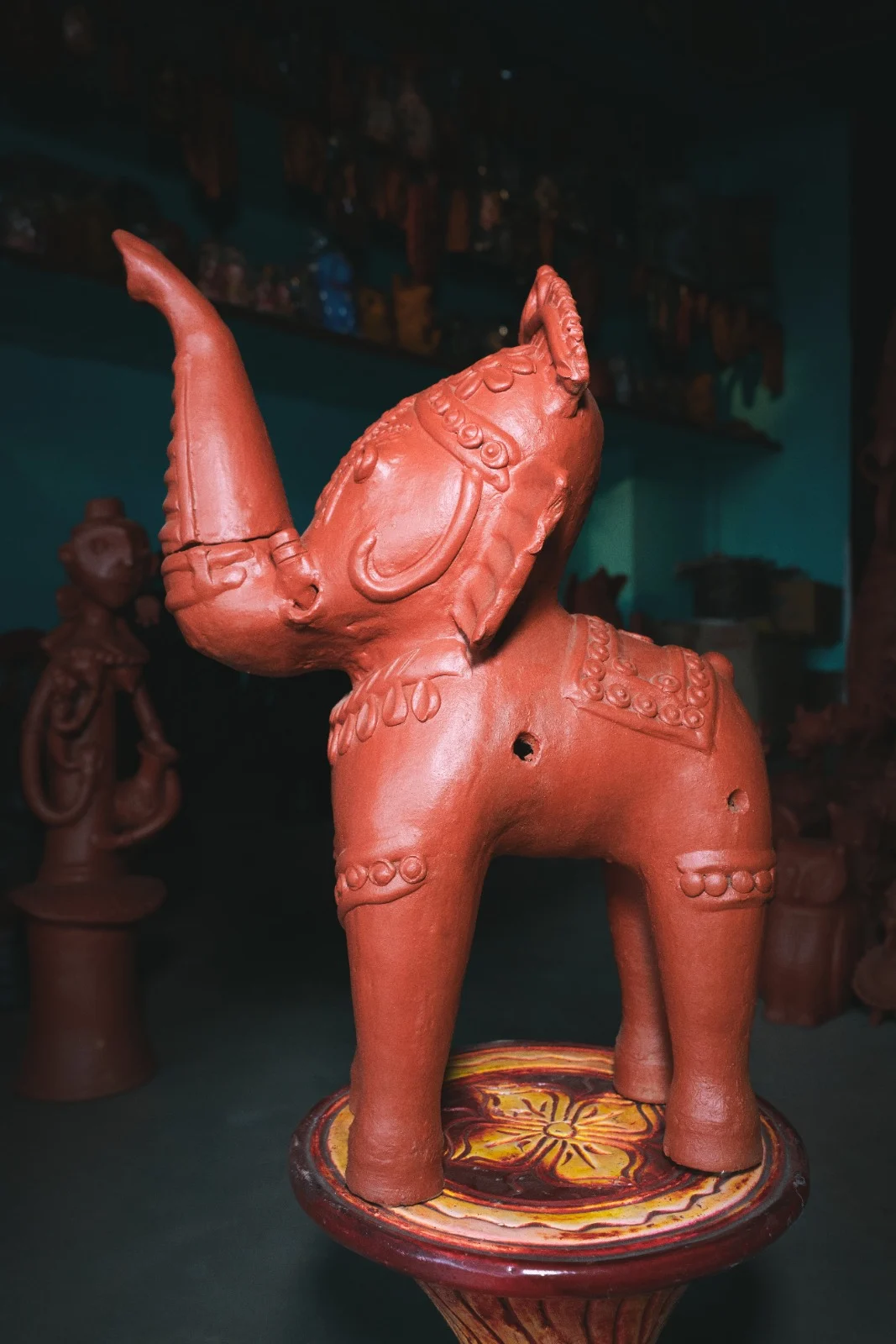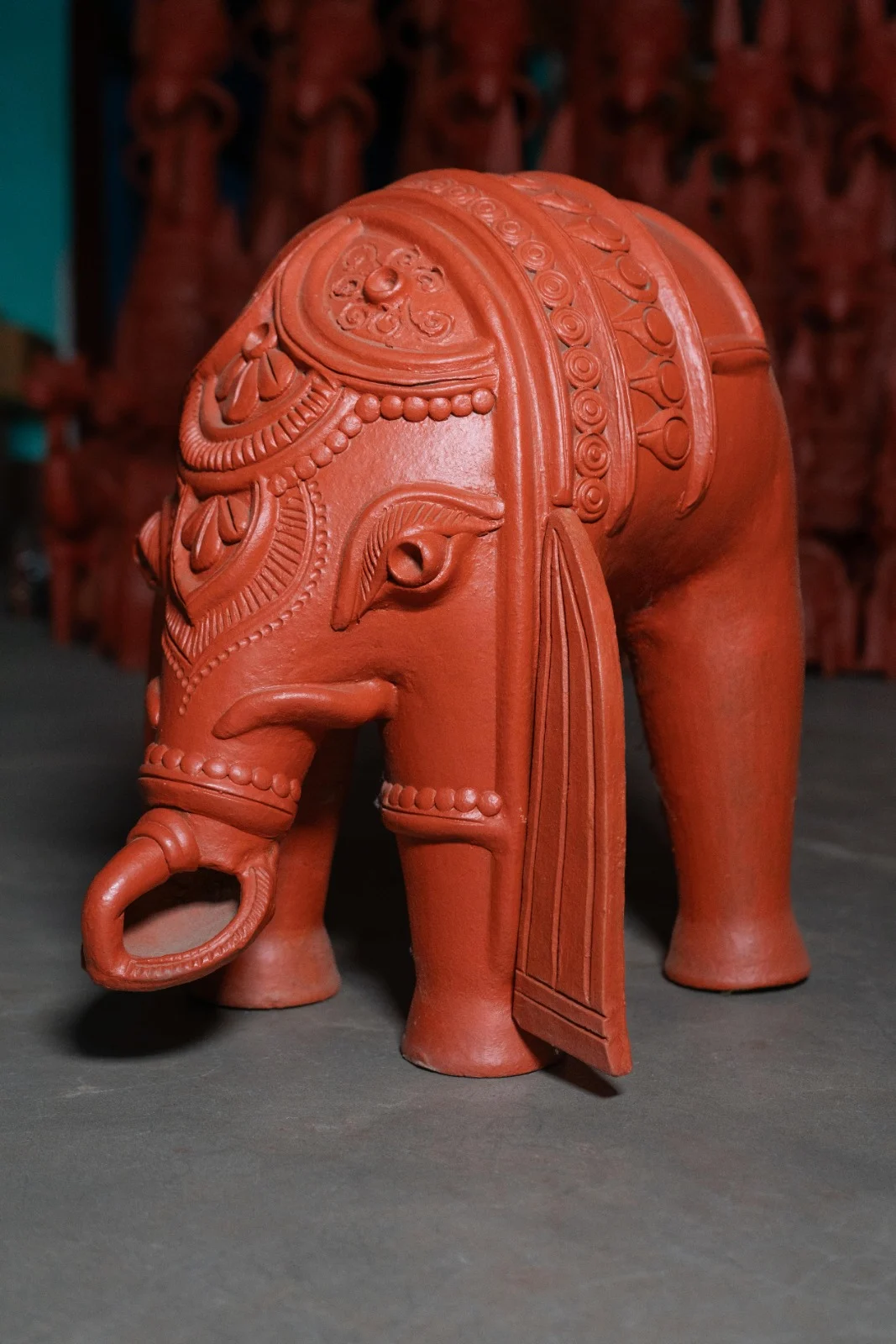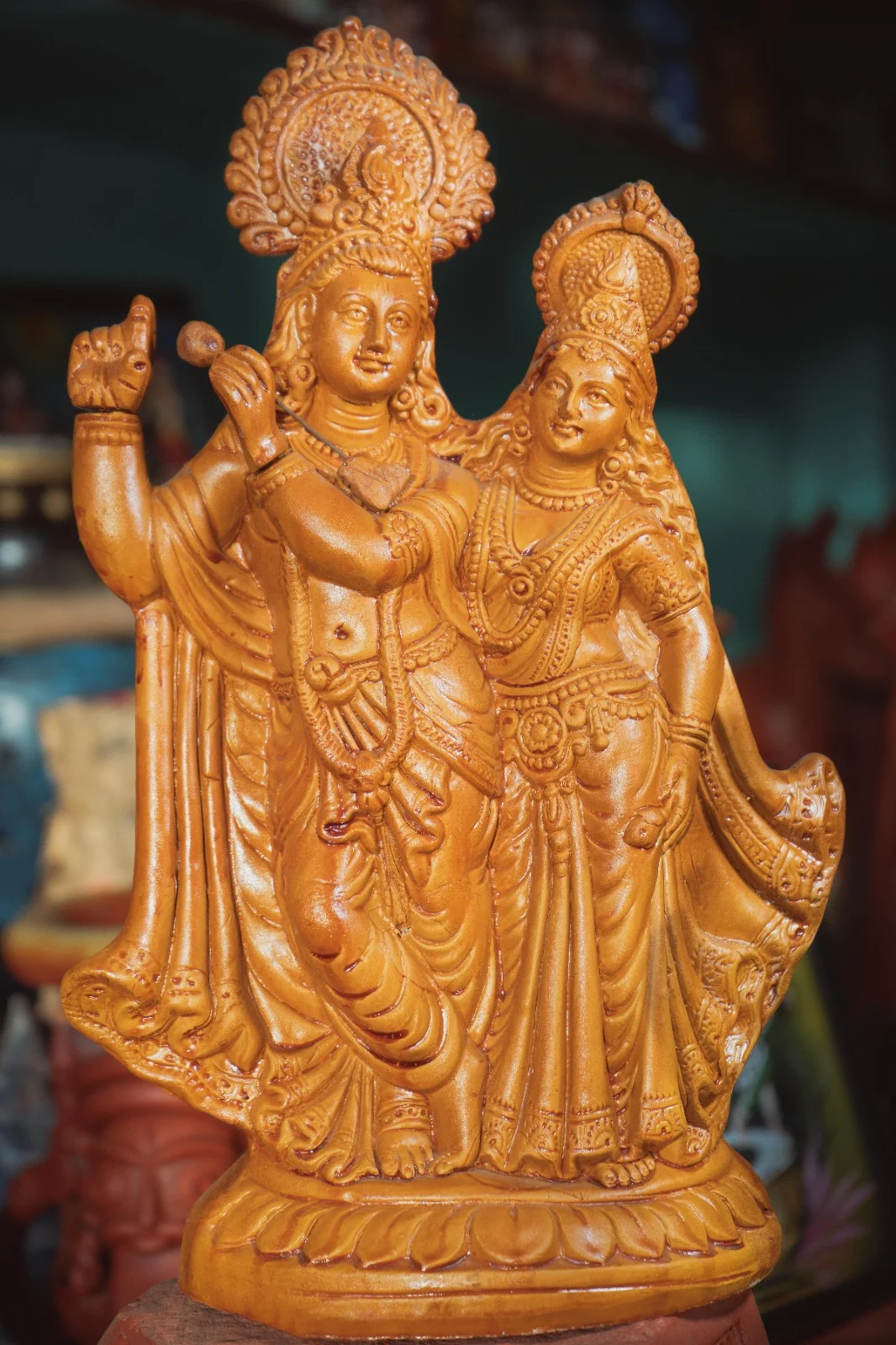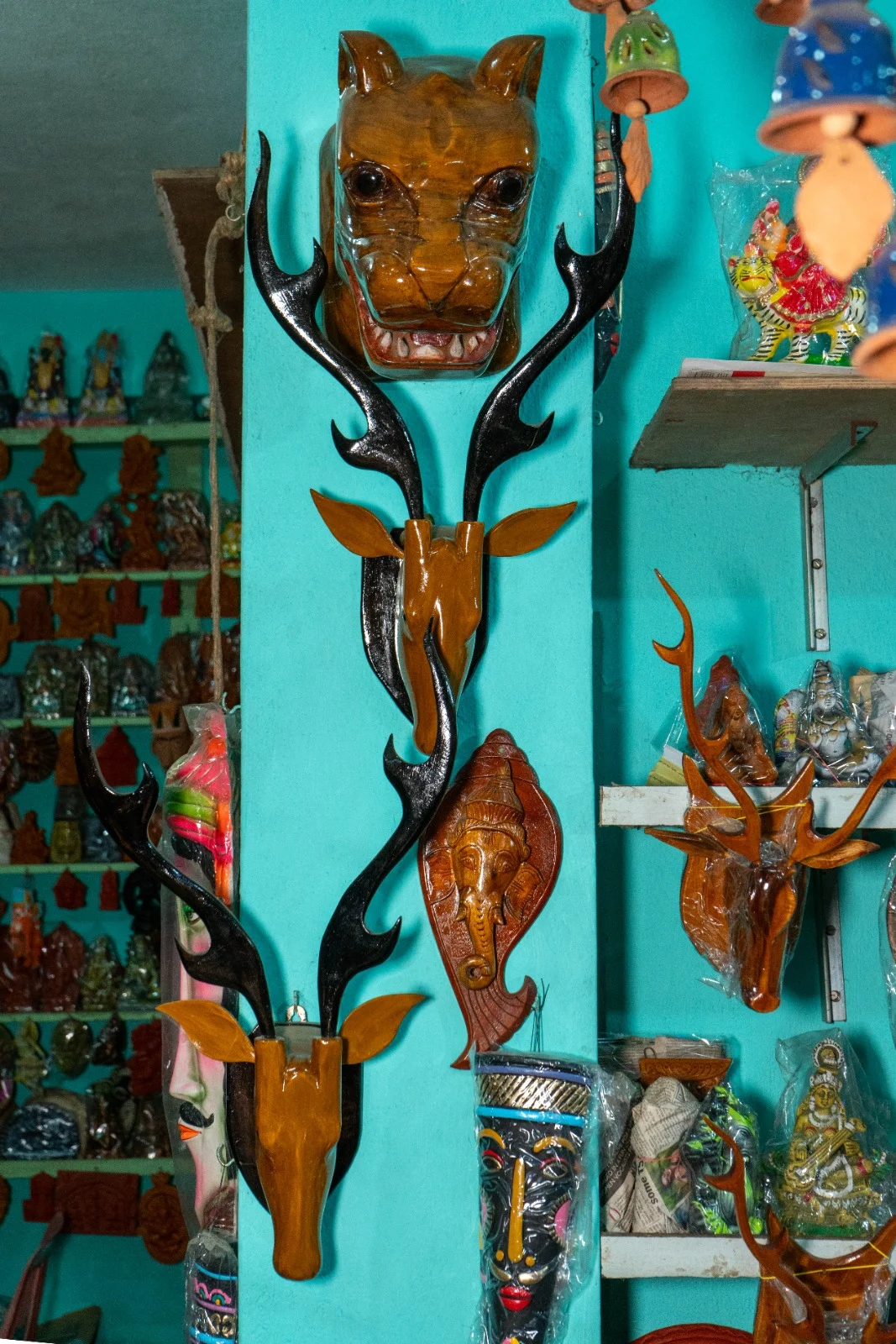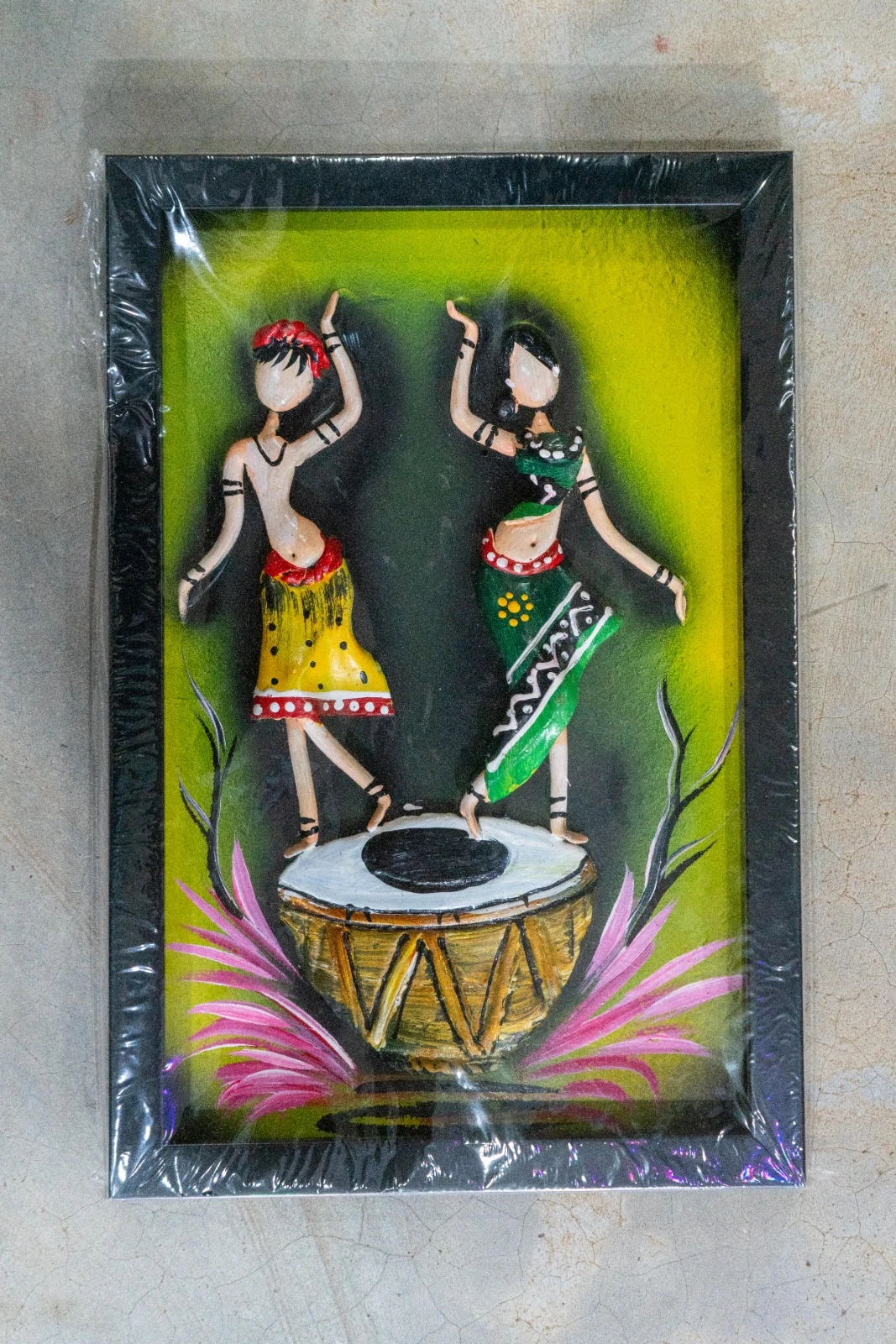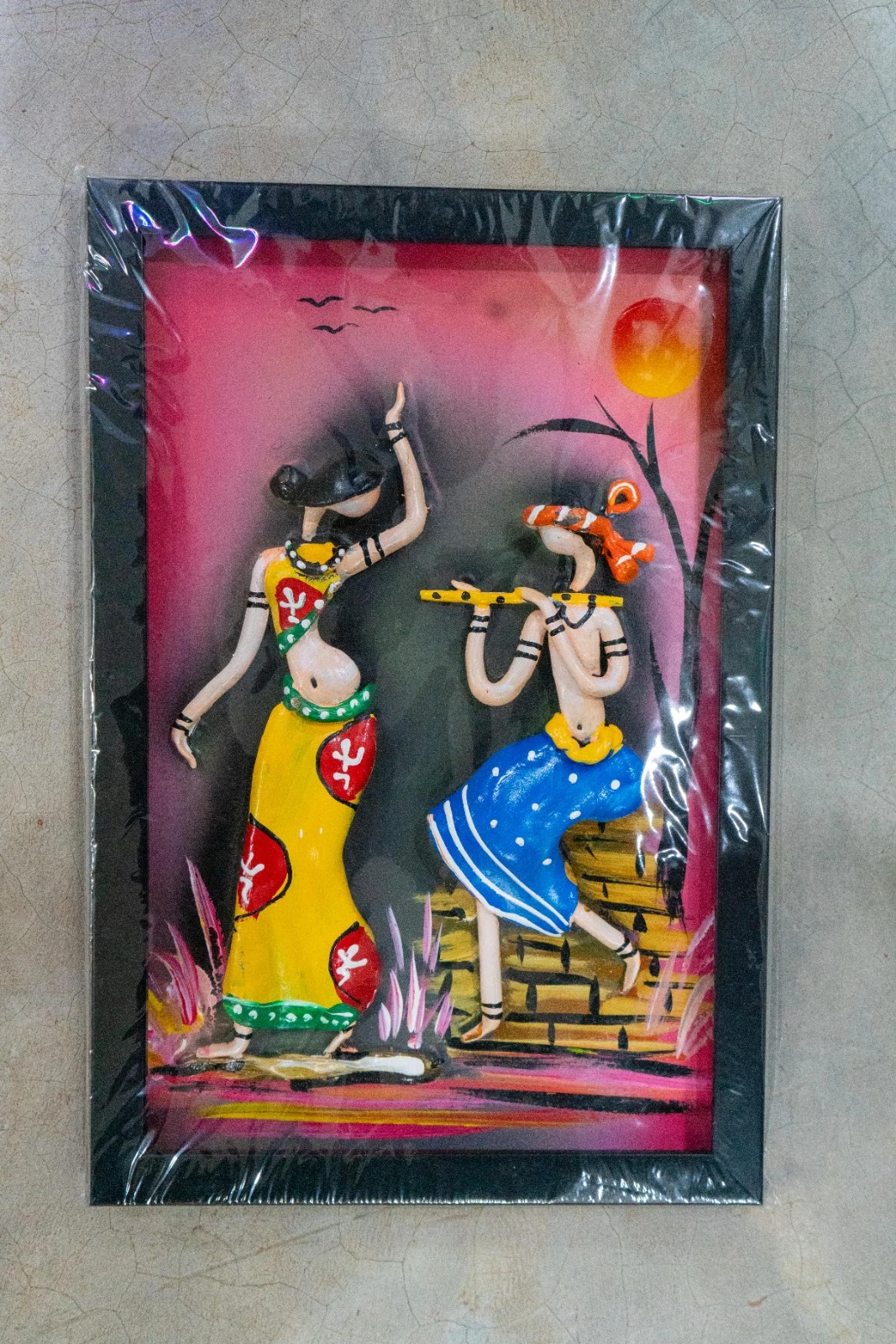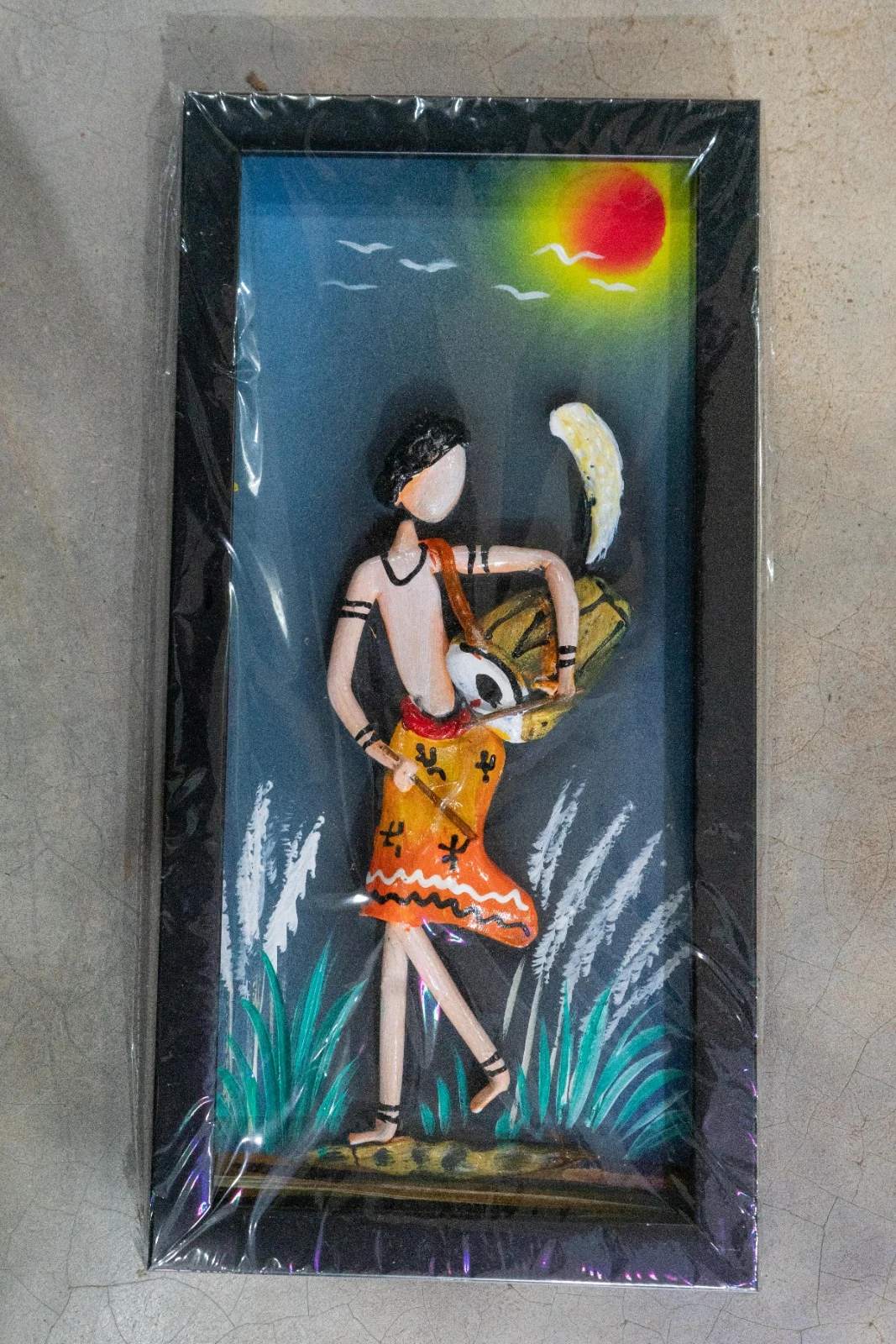Welcome to
JanMoobhoomi Heritage
Janmoobhoomi Heritage is where the earth’s memory meets the artisan’s dream.
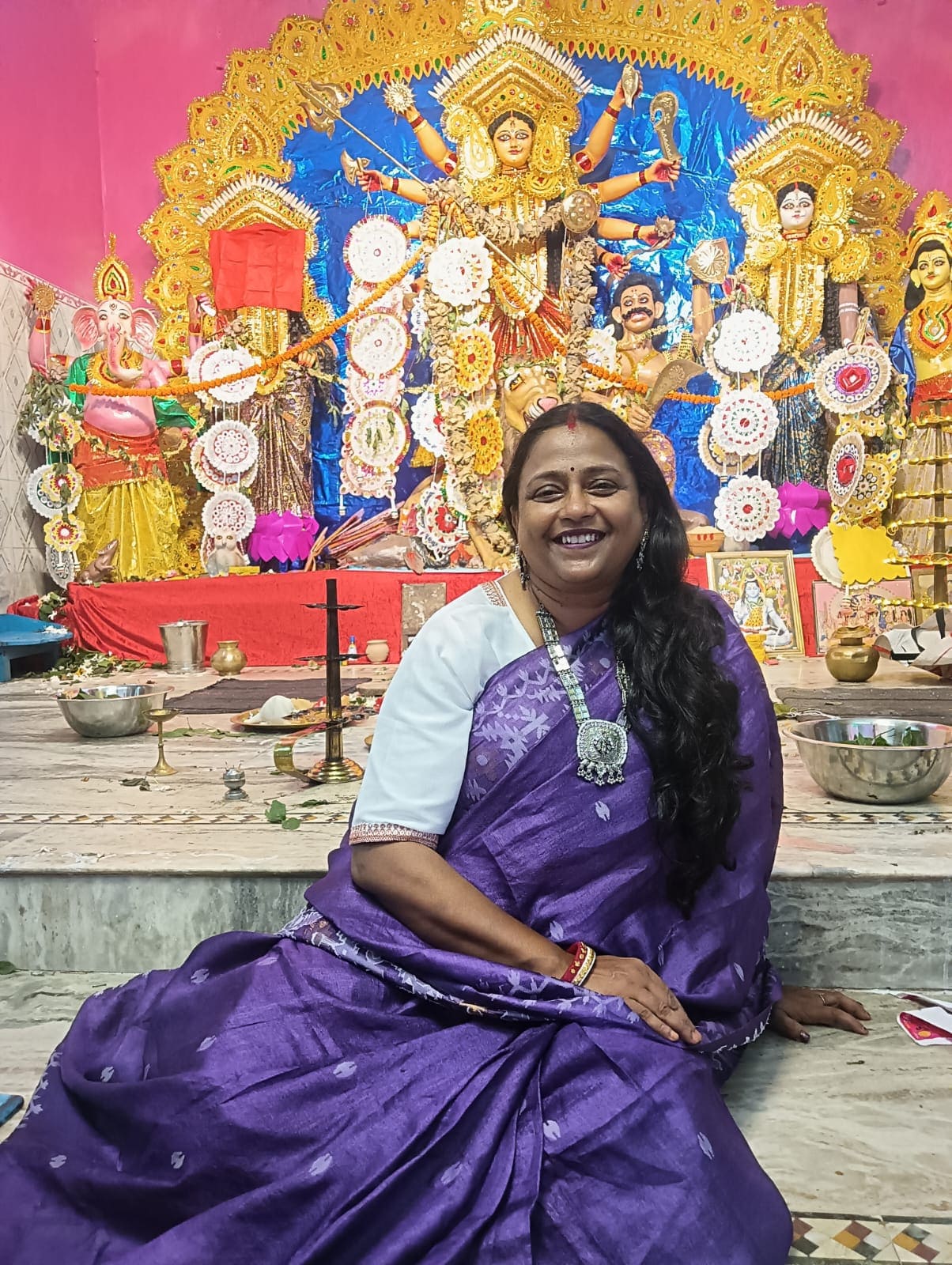
Griha Shojja
Here, every pot, weave, and carving carries the heartbeat of its creator, telling stories only their hands can tell.
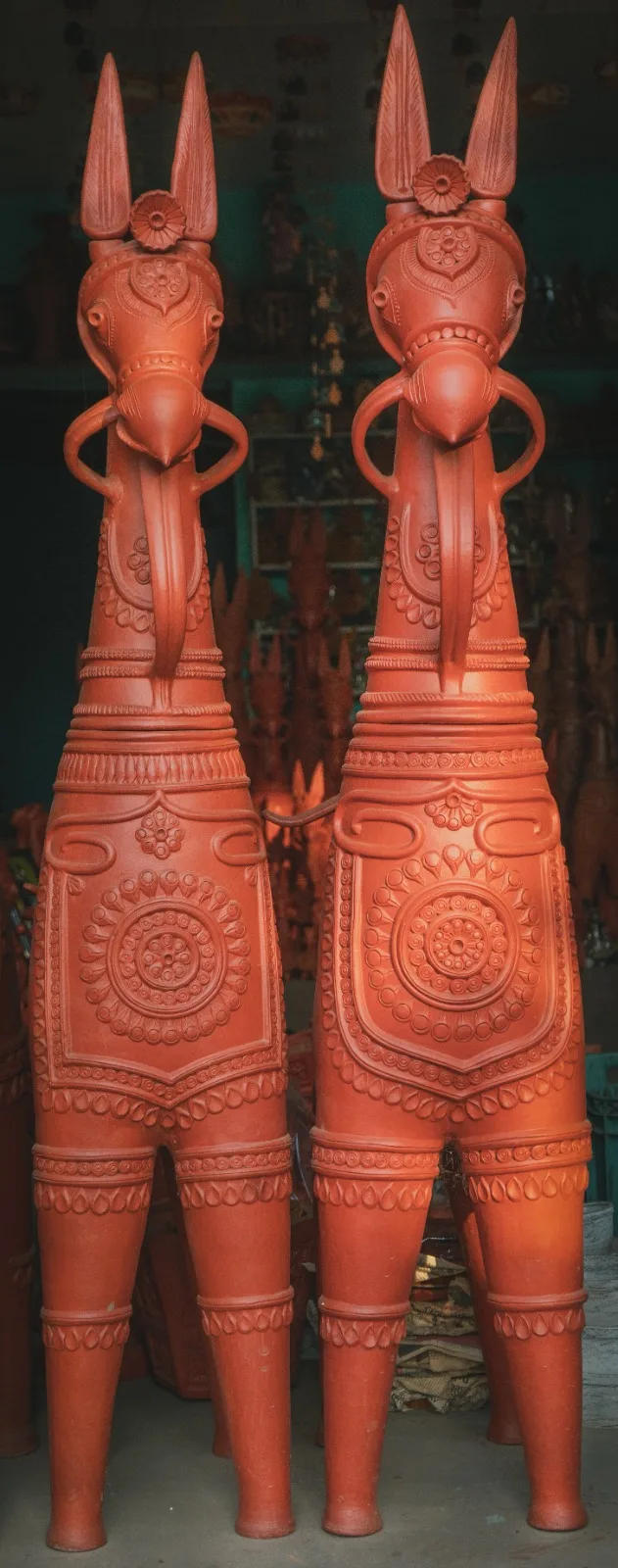
We are not the voice of the craftsmen we are the stage, the canvas, the open sky.
About Us
At Jan Moo Bhoomi Heritage, we bring together two timeless crafts: the humble beauty of clay and the elegant grace of the saree. Our mission is simple — to celebrate heritage, empower artisans, and bring authentic, beautiful items into your home.
Clay Creations: Hand-crafted pottery and home décor pieces molded from locally sourced clay. Every curve, every texture, every motif is shaped by artisan hands.
Sarees of Splendor: Rich fabrics, traditional weaves, natural dyes, and designs that echo cultural stories from across India.
Rediscover artistry. Embrace heritage. Beautify your spaces and your wardrobe.
Our Story
In the heart of West Bengal, the enduring saga of Bishnupur’s terracotta craftsmanship is a tale etched in earth and fire, inextricably woven into the dynastic tapestry of the Malla kings. These sovereigns, holding sway over the verdant lands of Mallabhum, became the munificent patrons of a unique art form that, during the zenith of the 17th and 18th centuries, would see clay transformed into divine poetry.
The region’s architectural destiny was forever altered by a profound spiritual awakening. A pivotal moment of conversion arrived in the late 16th century when King Bir Hambir, the 49th ruler of the Malla line, embraced Gaudiya Vaishnavism under the tutelage of the revered preacher Srinivas Acharya.
Our Story
This spiritual renaissance ignited a fervent era of temple construction, a sacred ambition to honor the divine Krishna and elevate Bishnupur to a preeminent sanctuary of faith. This flourishing of Hindu devotion defined the architectural soul of the land for centuries to come. As the primary architects of Bishnupur’s temple-centric landscape, the Malla rulers orchestrated a grand symphony of culture and construction. Their influence is manifest in the very materials, motifs, and majestic forms that characterize the region. The kings’ devotion to Vaishnavism was the divine spark, commissioning a profusion of temples that served not merely as abodes of worship, but as magnificent, open-air chronicles, narrating the tenets of their faith to all who gazed upon them.
Confronted with a dearth of stone, the Malla sovereigns championed an ingenious innovation: the mastery of terracotta. The abundant laterite clay of the region, or “baked earth,” became the primary medium for both structure and story. From this humble material arose a sublime architectural language, a harmonious confluence of artistic currents. The temple spires began to echo the humble grace of Bengal’s rustic dwellings, giving rise to roofs of char-chala (four-sided) and jor-bangla (fused twin-hut) forms. A new Ratna (jewel) style emerged, crowning flat-roofed sanctums with celestial towers, as seen in the five-spired Shyam Ray Temple. This indigenous design was gracefully interwoven with threads of distant imperial grandeur, incorporating the pointed arches and intricate patterns of Islamic and Mughal aesthetics.
Over time, Bishnupur’s terracotta craftsmanship evolved from the potter’s utilitarian wheel to a sophisticated art of divine expression. The temple facades burst forth into living tapestries of fired earth, where master craftsmen gave form to the epics. Every plaque became a miniature saga, immortalizing not only the divine pantheon of the Ramayana and Mahabharata but also the fleeting moments of mortal existence—the customs, folklore, and rhythms of daily life.
Today, the sacred mantle of this ancient craft is carried forth by contemporary artisans. Theirs is a legacy of generational knowledge, a lineage of skill passed down through practiced hands within the Kumbhokar (potter) communities of villages like Panchmura. The lifeblood of their art remains the rich alluvial clay drawn from the river’s embrace, which they shape with time-honored tools. Simple bamboo styluses dance across the soft clay, etching designs that speak of both antiquity and innovation. After sun-drying, these creations are surrendered to the final alchemy of the kiln, where fire breathes permanence and the iconic umber hue into their forms.
While the spirit of the past endures, the craft remains vibrantly alive, adapting to the modern world. The noble silhouette of the Bankura horse, its elegant form assembled from separate, hollow parts, has become a global ambassador of this tradition. Artisans now fashion an array of decorative treasures, from intricate jewelry to stately home décor, ensuring that the enchanting magic of Bishnupur’s artistry continues to captivate and inspire. This interplay between the wisdom of ages and the fresh perspectives of a new generation ensures that the tradition is not merely preserved, but is an ever-evolving story told in clay.



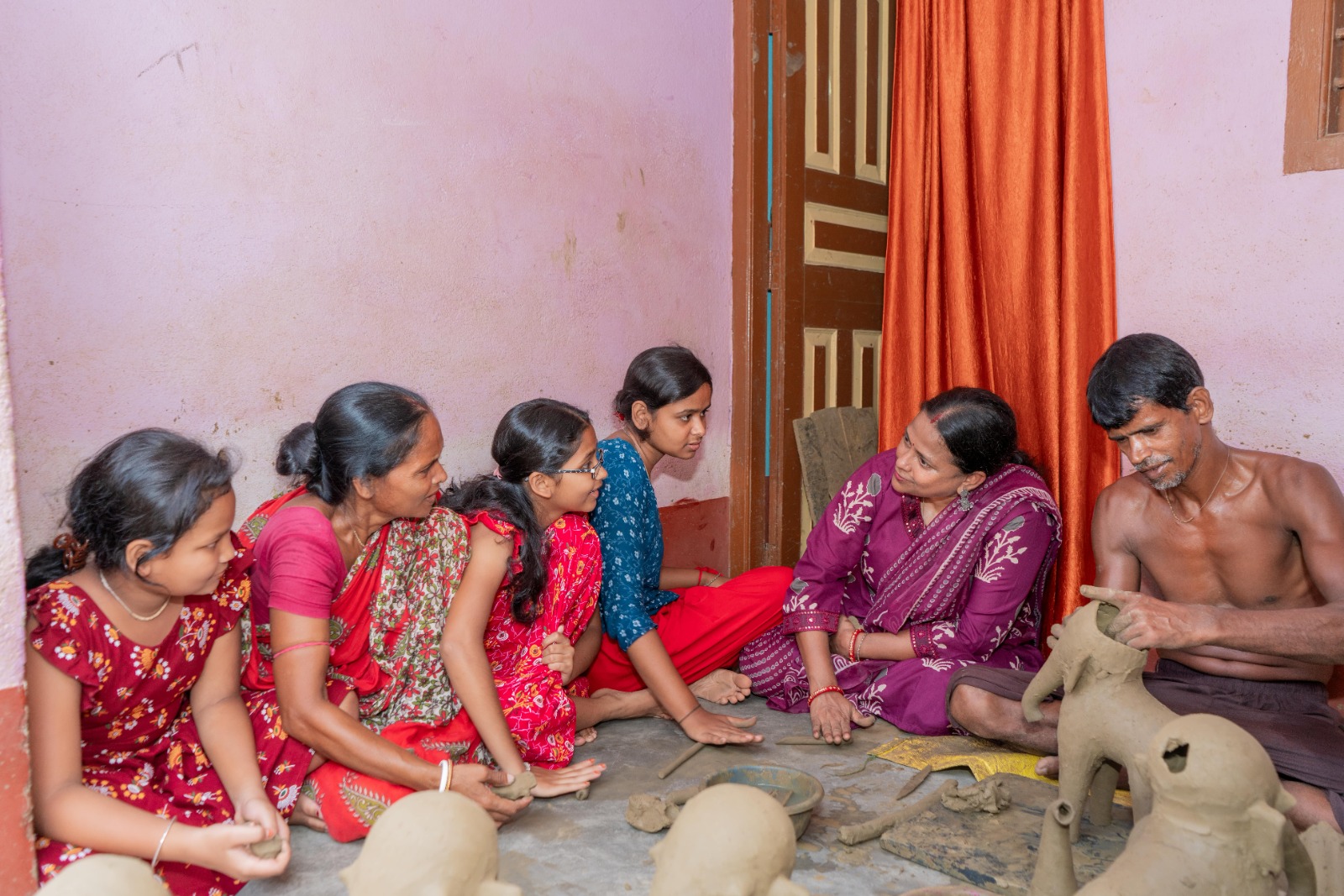
Exclusive saree
By blending the grace of tradition with the spark of innovation, we offer a platform for artisans to rise, for heritage to breathe a new, and for communities to connect through the timeless beauty of craft.
Product Gallery
In every creation lies a promise to honour our motherland, to tread gently on the earth, and to let art speak for itself.

